Another Lend-Lease. GMC CCKW-352, or simply "Jimmy"
Most readers, even those who are not interested in military technology, know this car from numerous Hollywood action movies. Moreover, many even saw this car in Russian and foreign museums and shots of military newsreel. Seen ... and did not see.
In the previous article, we talked about the legendary jeep. And there was no less legendary GMC CCKW-352 / 353, aka “Jimmy”, the most massive military truck of World War II. Along with the "Jeep", this was the very "workhorse" of the US Army.
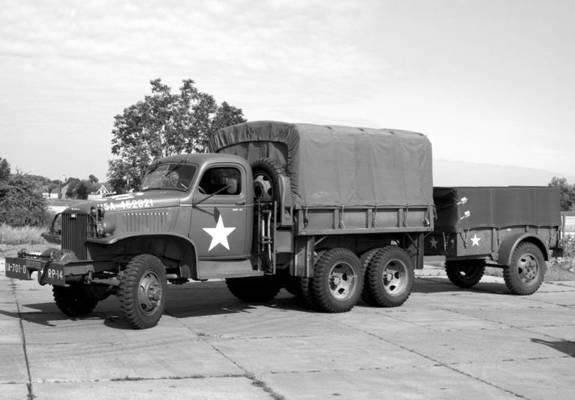
The number of these cars produced by the US auto industry is amazing. 562 750 units! In terms of quantity, this is more than each of the Willis companies (Willis and Ford). True, the total number of cars "Willis" released yet more. And the metal went more to Jimmy, so we have such a production parity.
"Jimmy" (there is another soldier's name for the car - "two and a half") existed in many guises. From an ordinary truck, although the word “ordinary” is difficult to accept here, to a mobile operating room. From dump truck to carrier bombs. Truly, wagon to the bone. Car for everything.
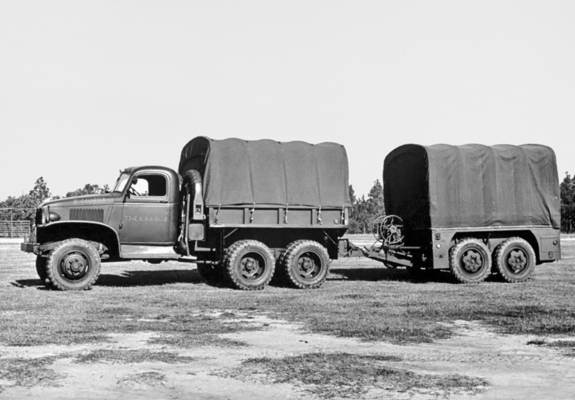
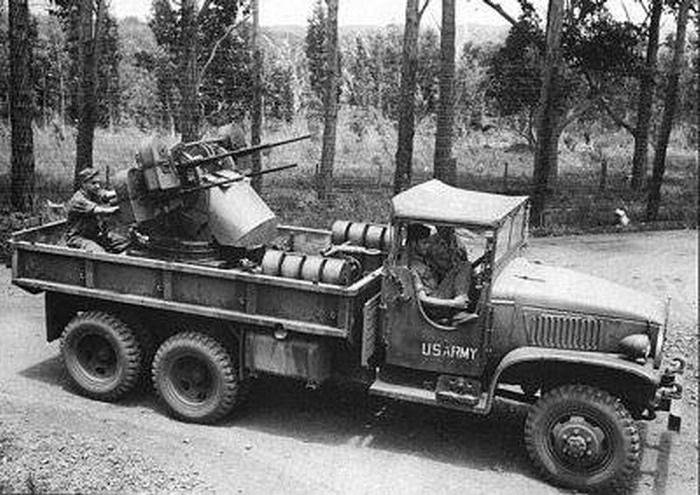
Home stories This car should not be sought in the design offices of automobile plants, but in the Pentagon. It was the United States military at the end of 30-ies of the last century, finally approved the classes of military vehicles.
The basic and universal tactical truck was supposed to be a vehicle with a tonnage of American tons (2,5 kg) and a wheel formula 2270x6. In addition to the transportation of goods and personnel, the car could also serve as a tractor for light field artillery.
Already by the name of the car, it is clear that General Motors Corporation was engaged in the development and production of the truck. The first production car naturally appeared in the Yellow Truck & Coach division of this corporation in 1940. It was a GMS ACKWX-353 truck.
Immediately there is a question about the numbers 352 / 353. The material is about 352, and the story is about 353. It's all about the different chassis lengths. About this below. For now about the first serial "Jimmy".
The car had a universal cargo platform and, so far, a commercial-type cabin, whose radiator was protected by a grille. For the US Army 2466 units were built.
Interestingly, the new truck almost immediately aroused interest among European consumers. A military delegation arrived from Paris, which, after testing, signed an agreement on the supply of such vehicles to the French army 1000.
Alas, but the French are not lucky. World War II began and France was occupied. But the "French Thousand" is not lost in the American prairies. Machines were delivered to England.
The Americans at this time modified the truck. A truly GMC CCKWX-353 military machine appeared. For a non-expert it is quite difficult to understand this whole set of letters and numbers. Therefore, it is worth deciphering the lettering of American cars.
So, GMC. It's clear. General Motors Corporation, the actual name of the manufacturer and the name of the car.
The first letter is the model year (A - 1940 g., C - 1941 g.).
The second - the type of cabin (C - bonnet, F - above the engine).
For commercial models, this was enough.
But for military cars had to add more letters. So, the letter K designates a drive front axle, W - that the car has three axes, X - that the car has a "non-native" transmission. The digital index is the chassis code, and the heavier the model was, the higher the number was.
The new car really became military. Appearance has become more ascetic. The habitable part of the cabin remained the same, but the hood and fenders received a simplified form. The bumper was also different - in the form of a massive bar. Cars were equipped with 6-cylinder carburetor engine GMC 270 4416 cube volume. see and power xnumx l. with.
The capacity of the corporation made it possible to produce a completely insane number of cars for that time. From October 1940 to February 1941, 13 188 units were manufactured. Most of the cars had a base 4166 mm. But among them were 250 vehicles that were intended for artillery. Artillery tractors.
These machines had a shorter base - 3683 mm. By the way, their appearance "killed" the letter "X" in the title. It was these cars, after some modernization in February 1941, and received the designation CCKW-352. In the future, under the Lend-Lease in the USSR were supplied for the most part just such cars.
From that moment on, mass production began. In 1943, 130 vehicles were manufactured. This was the peak of the release of the described car. In the same year, the Chevrolet division was connected to the release of GMC CCKW, and the Yellow Truck & Coach company was transformed into the GMC Truck & Coach division.
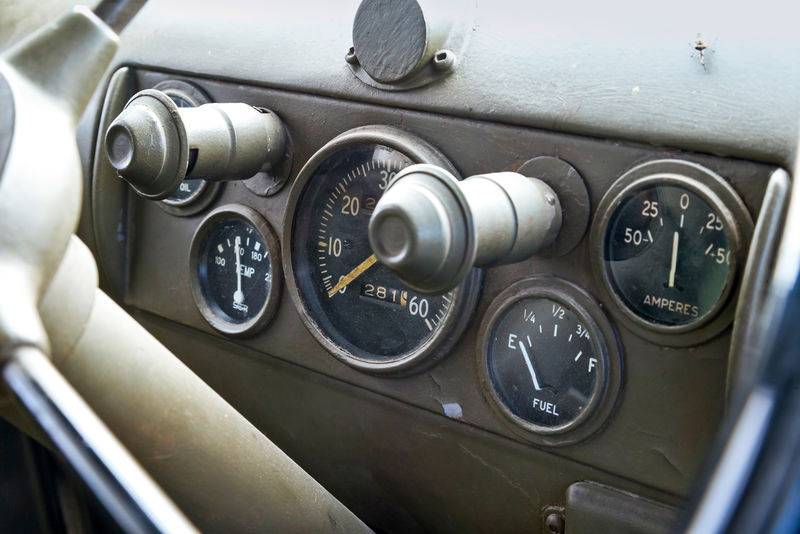
The two strange things on the instrument panel are the lights. It is made outside the panel, and not familiar to us inside the device.
During production, various changes were made to the structure more than once, but this had practically no effect on the appearance. Since April 1943, the trucks have received a soft-top cab called the "tropical". True, this was caused, first of all, by the lack of metal, and not by the climate.
Every fourth truck was equipped with a ring turret for installing a machine gun, which was located on the roof of the cab.
The 1941-1943 produced a version of the GMC CCKW-353 with a non-leading front axle. It was designated as GMC CCW-353 and was supplied mainly under Lend-Lease. Total 23 made 500 such machines.
Since July, 1943, the metal cabins have been replaced with canvas, with fabric doors and side windows of transparent plastic. Such a cabin compared to a metal one had two serious advantages - firstly, it reduced the consumption of scarce metal, secondly, it reduced the overall height and volume of the car, which was important when being transported by sea vessels.
But in the conditions of the Russian winter, the cloth cabins of the “lend-lease” trucks evoked sound complaints. A total of five types of cabs were installed at GMC:
- typ 1574 and later typ 1608 - all-metal cab used on CCW and CCKW models;
- typ 1615 - all-metal cab, used on AFKWX;
- typ 1619 - tropical cab with canvas top for CCKW models;
- typ 1620 is a tropical cab with a canvas top for AFKWX models.
The main body type was a universal cargo platform, which the Americans called Cargo. In addition to it, there were dumping bodies (the same universal platform, but with a visor and a hydraulic lift), tanks for fuel and water, compressor stations, wagons of various purposes, cranes and loaders of bombs.
Separately, you can note improvised combat vehicles based on CCKW. In the US Army, in the field, launchers, Browning anti-aircraft machine guns of caliber 12,7-mm and 40-mm anti-aircraft guns Bofors were mounted on these trucks.
In the USSR, these cars also fell, albeit in scanty quantities, as we were mass shipments of trucks Studebaker US6. However, some CCKWs even mounted BM-13 jet mortars.
Consider the car more closely.
Control devices in cars GMC for today looked quite traditional. Although for Soviet drivers of American cars there was an unusual graduation of scales in a non-metric system. We quote the GMC truck manual published in 1944:
"The speedometer has the following divisions: 0; 16 km / h; 32 km / h; 48km / h; 64 km / h; 80 km / h; 96 km / h. The thermometer shows the water temperature in the cooling system. The water temperature can vary in depending on road conditions, however, it should be within 60-85о C, if the water temperature has risen to 100о Celsius, immediately stop the machine and find out the cause of overheating. "
In general, the non-metric system of calibration of instruments and tools caused a lot of trouble to Soviet drivers and commanders. The above-mentioned "manual" is written literally "step by step." Otherwise, for example, it is simply impossible to repair a car.
Now under the hood. To the GMC 270 engine already mentioned above. GMC 6 270 carburetor cylinder, 4,416 volume of liters (cylinder diameter 101,6 mm, working stroke 96,04 mm). The engine power was 102-104 horsepower (SAE) at 2750-2800 rpm.
The maximum speed on the highway is 72 km / h (45 miles), fuel consumption is 31-35 liters per 100 kilometers on the highway and from 65 to 75 liters per 100 kilometers on rough terrain.
The torque was transmitted to the gearbox through a dry single-disc clutch Inland 754379, located directly behind the flywheel. One of the few drawbacks of this three-point model was probably the need for frequent adjustment of the clutch.
The gearbox with a sliding shift mechanism was manufactured by Warner. She had 5 speeds forward and 1 back (fifth gear upshift) and was directly behind the clutch behind the crankcase block.
On the left side of the gearbox there was a power take-off shaft for additional equipment - a winch, a hydraulic pump and other devices. CCKW-353 and CCKW-352 used two different types of drive axles that were manufactured by Timken-Detroit Axle Co and Banjo (the latter was already mass-produced for Chevrolet trucks).
Trucks with separate rear axle drive and banjo drive had significantly different transmissions (different differentials, transfer cases, cardan shafts). Regardless of the wheelbase, axle types and cab, the truck could be equipped with a winch.
The winch was installed between the side members in front of the radiator behind the front bumper. It was set in motion with the help of a driveshaft from the gearbox.
Now about the body. There, too, has its own nuances. On the trucks described models installed three types of onboard platforms. The first was used until August 1942. It was made of steel and consisted of 10 or 14 patterned forged parts.
From August 1942 to February 1944, the bodies were made of wood. Produced in furniture factories. The reason is simple: saving metal, which on each body amounted to 450 kg.
Since February, 1944, the body has become universal. The sides were metal, but the floor was wooden. Solomon's solution! By the way, special folding seats for personnel were installed on all body types.
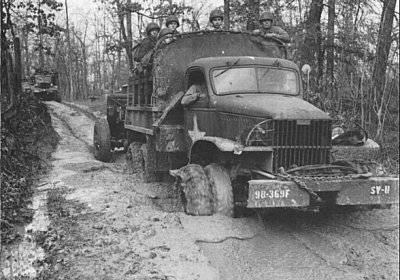
Well, the traditional tactical and technical characteristics of CCKW-352 / 353:
Years of release: 1941-45.
Engine: GMC 270, petrol, carburetor, in-line, six-cylinder, lower valve.
Engine power: hp 104-106
Overall dimensions: 6928 x 2235 x 2200 mm
Ground clearance: 250 mm
Maximum speed: 72 km / h
Fuel consumption: 38 liters per 100 km
Tank capacity: 150 liters
Vehicle mass: 5100 / 4540 kg
Well, the last. At the very beginning of the article we wrote that some of the readers saw this car "in person", but "did not recognize" it. This is a fairly frequent case. If you compare the photo of two trucks, a small “Jimmy” and the numerous “Studebaker”, everything will fall into place.
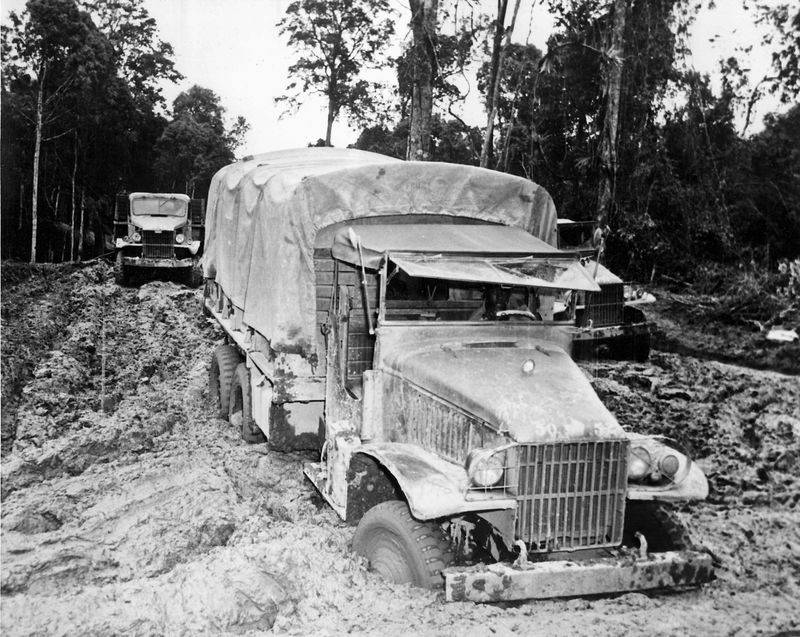
The total number of cars supplied to the USSR under Lend-Lease was 477 785 units, of which around 300 000 are off-highway trucks. And each of these cars was at the front really worth its weight in gold. Including CCKW-352.
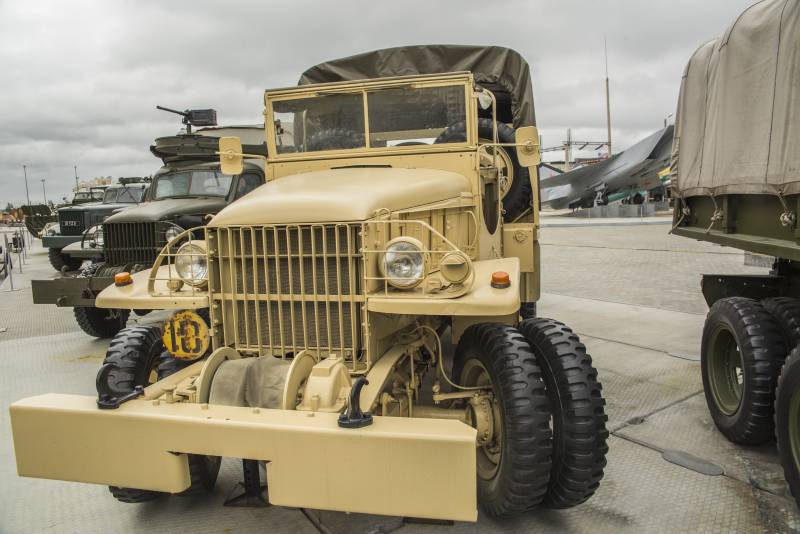
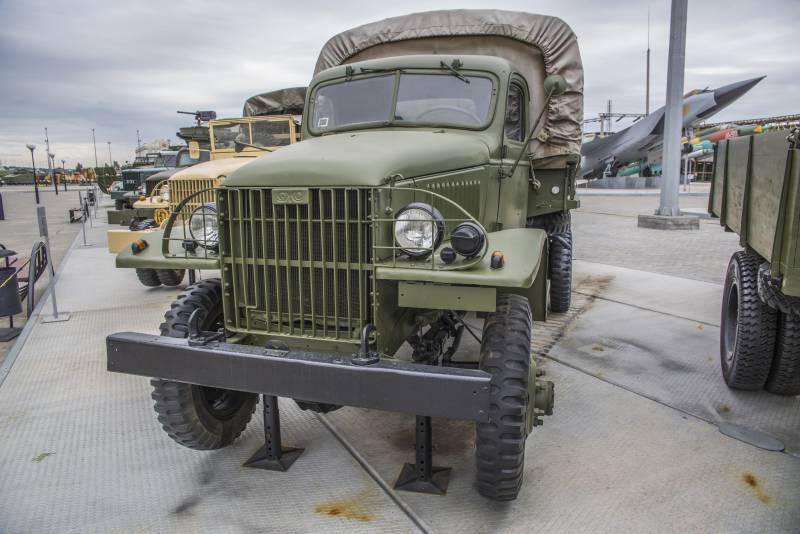
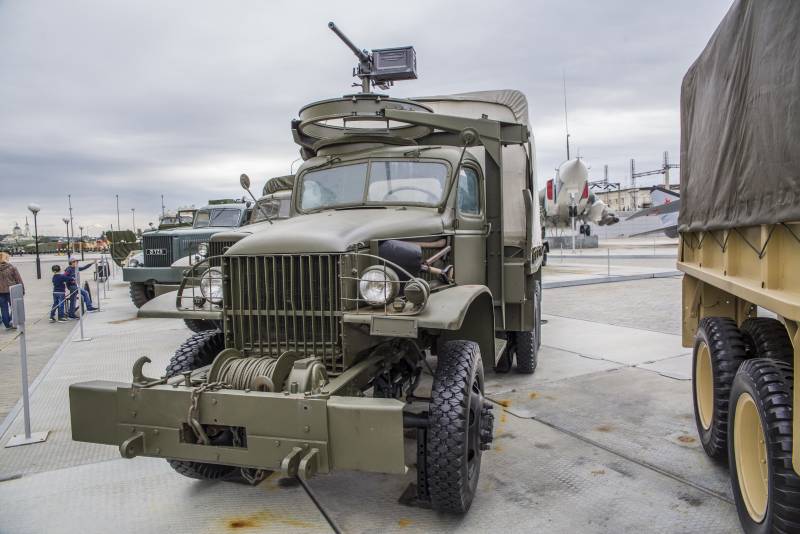
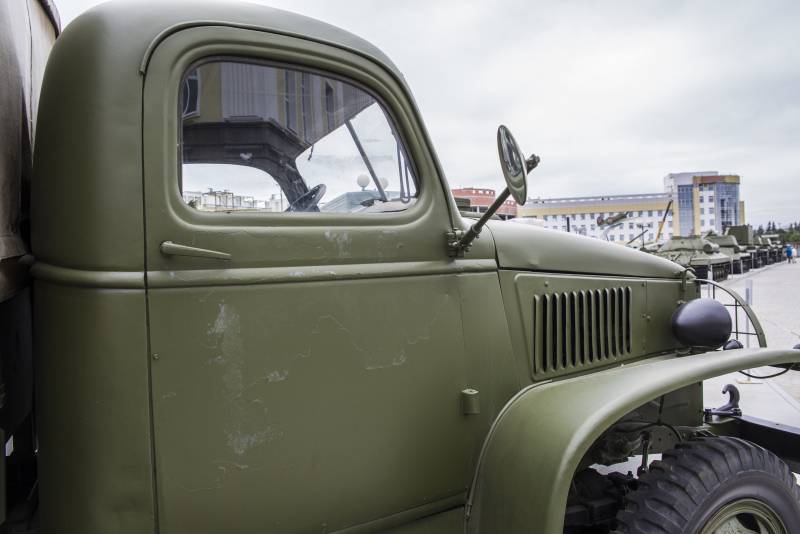
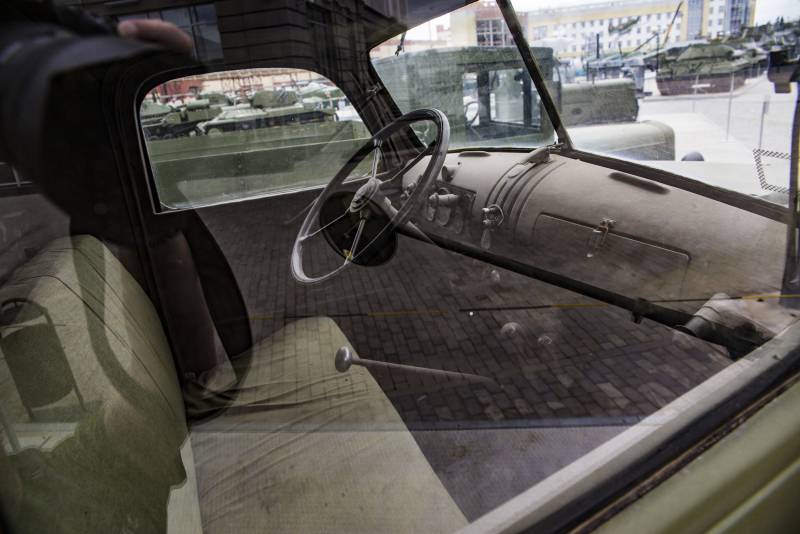
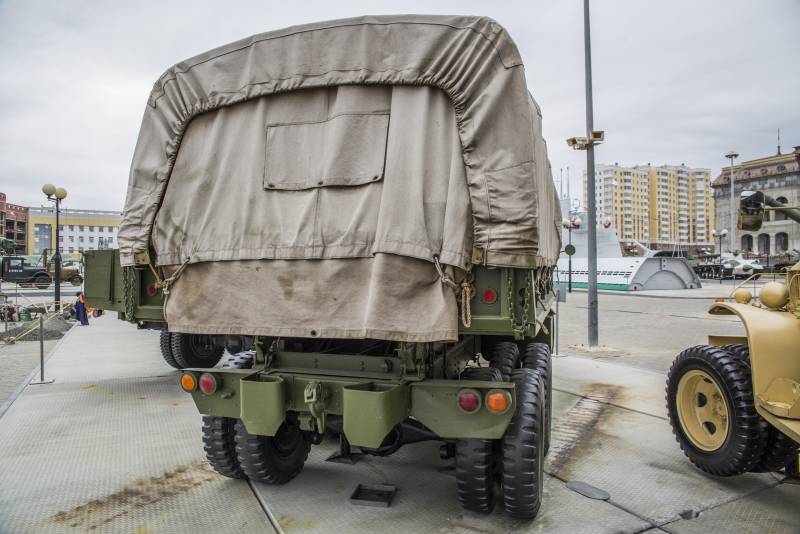
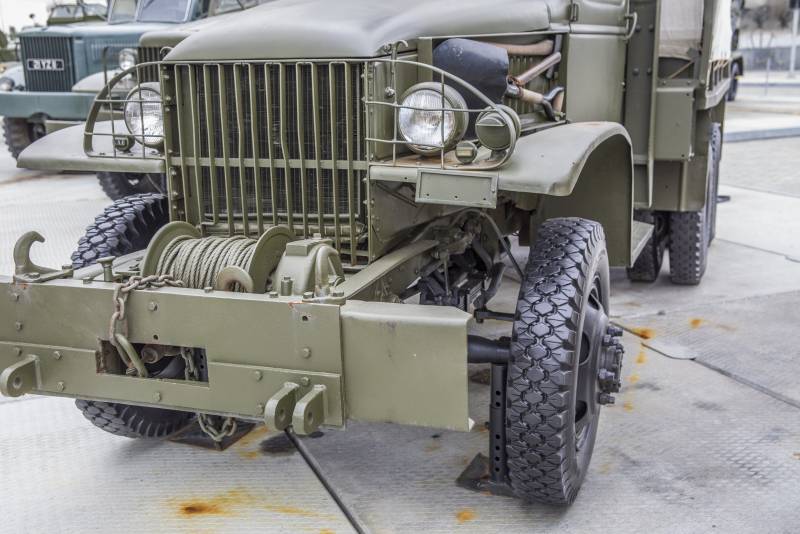
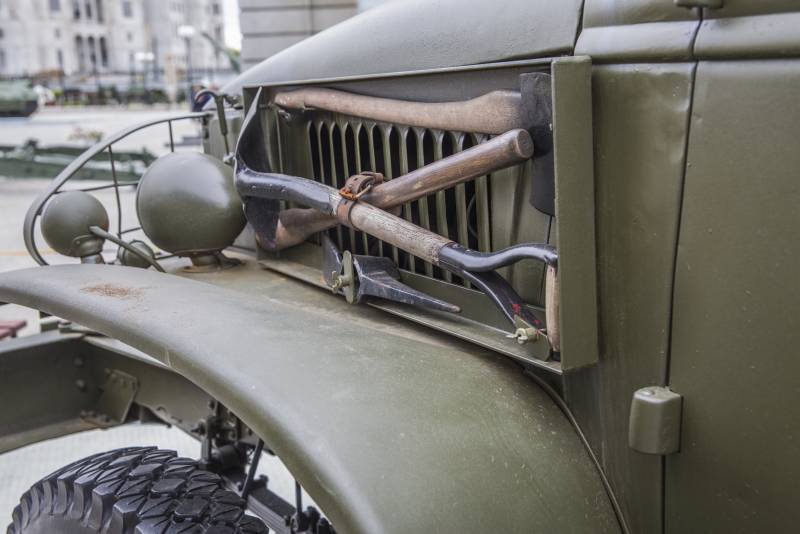
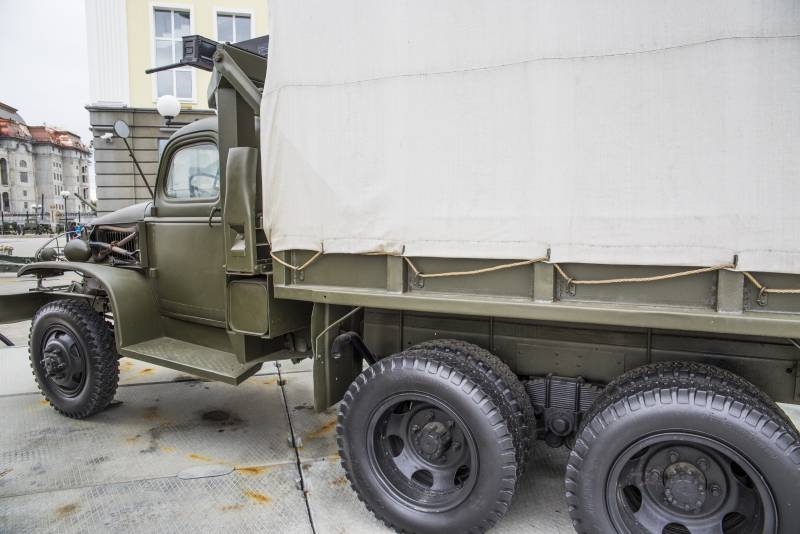
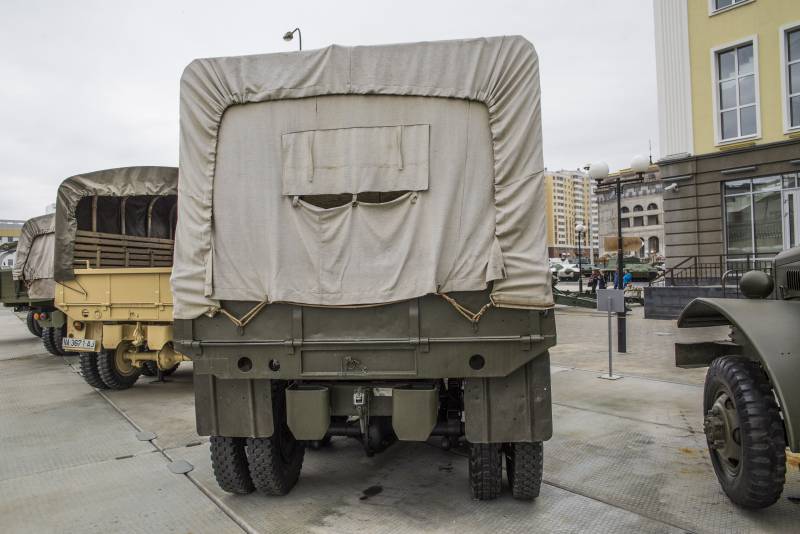
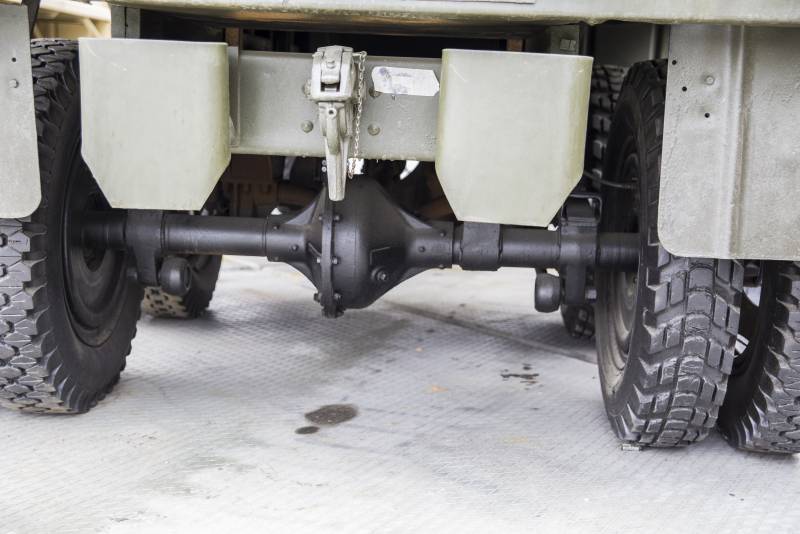
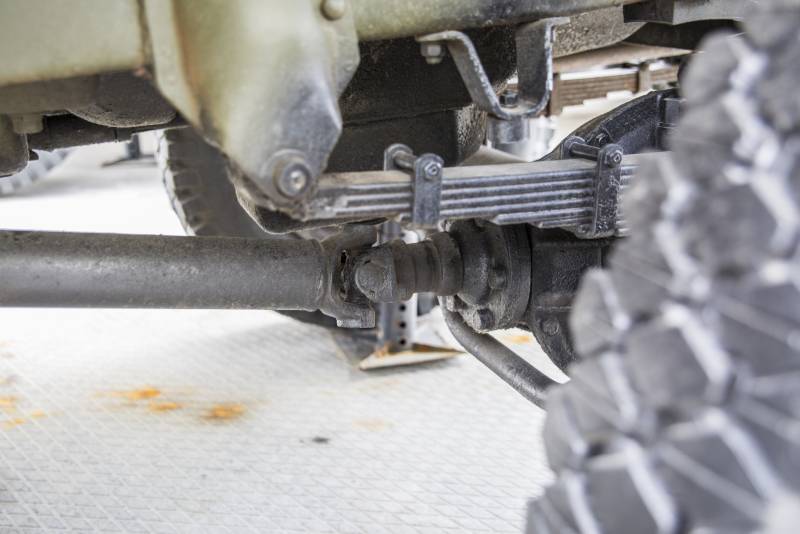
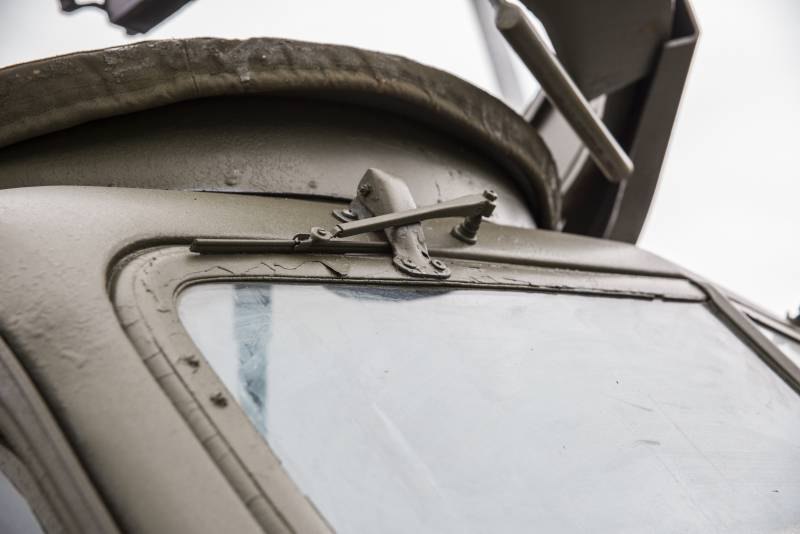
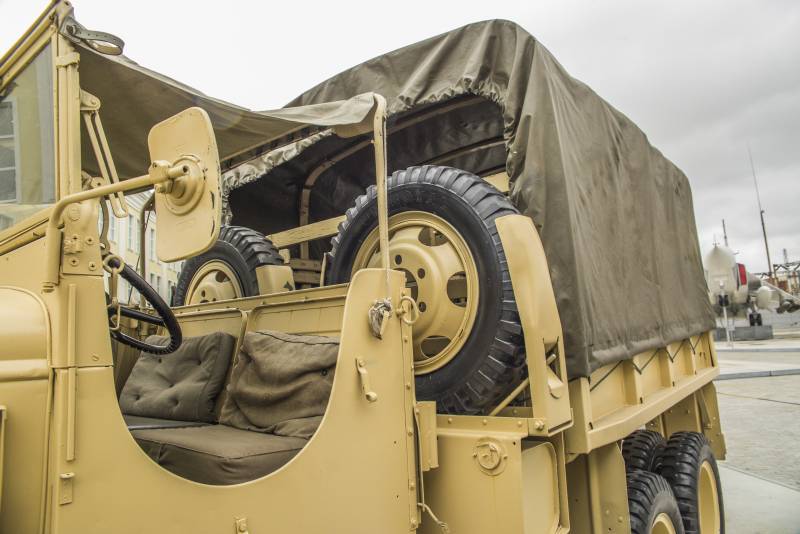
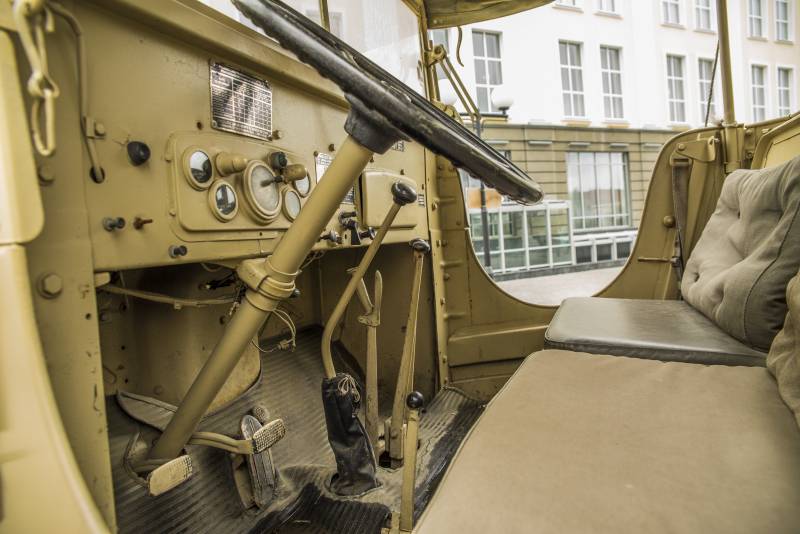
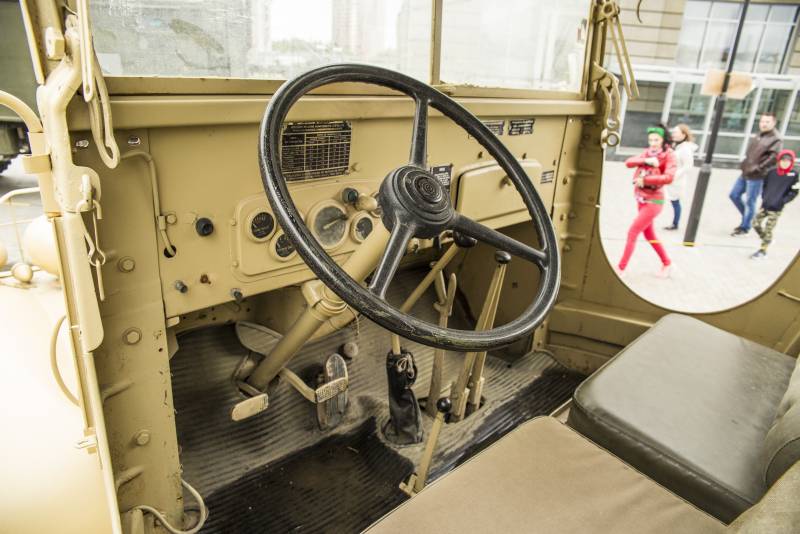
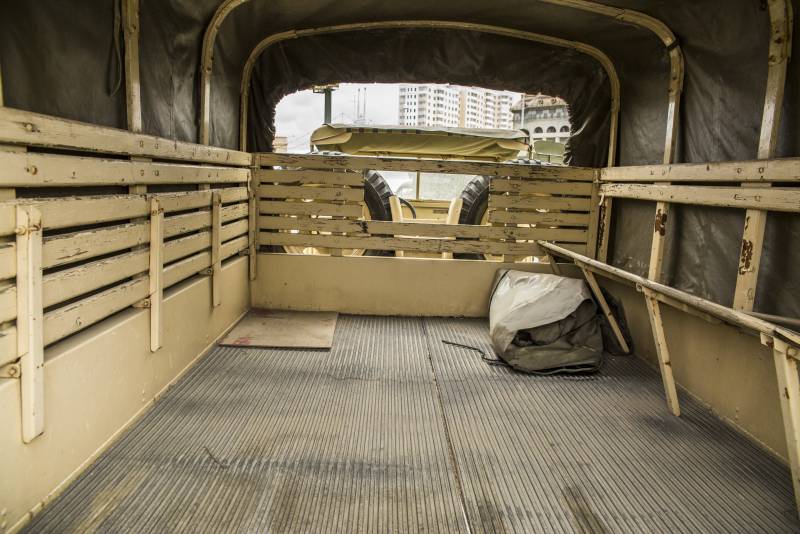
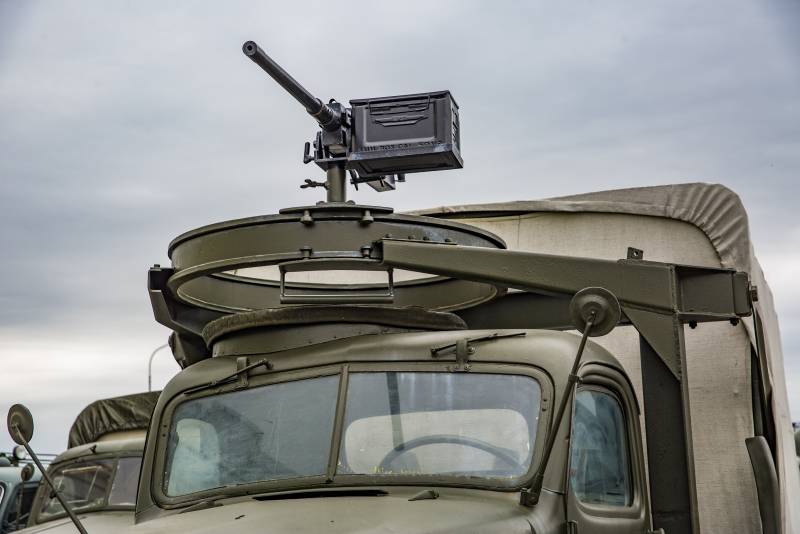
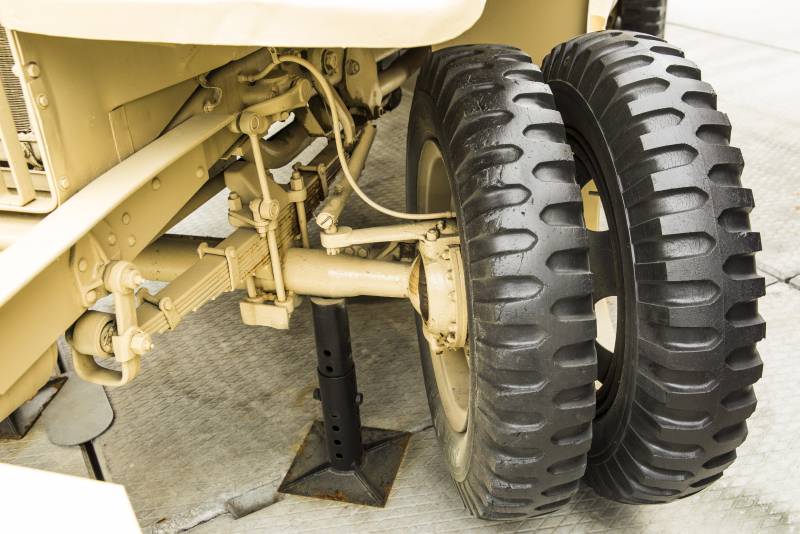
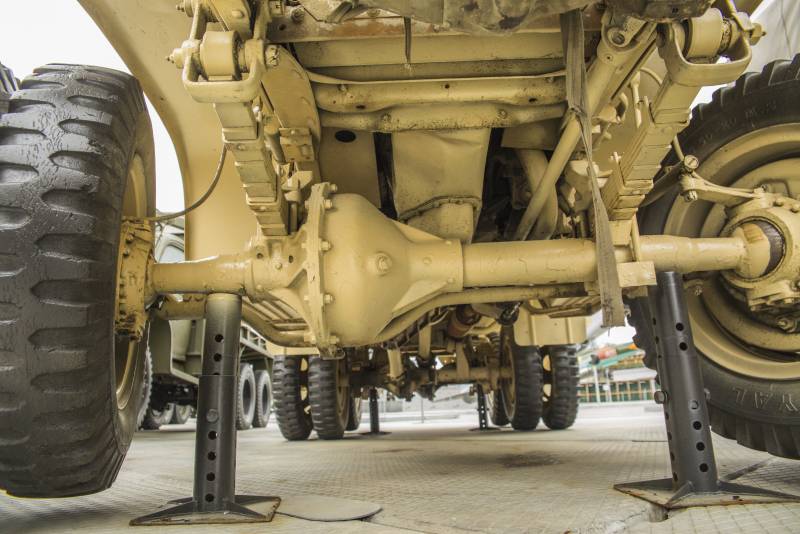
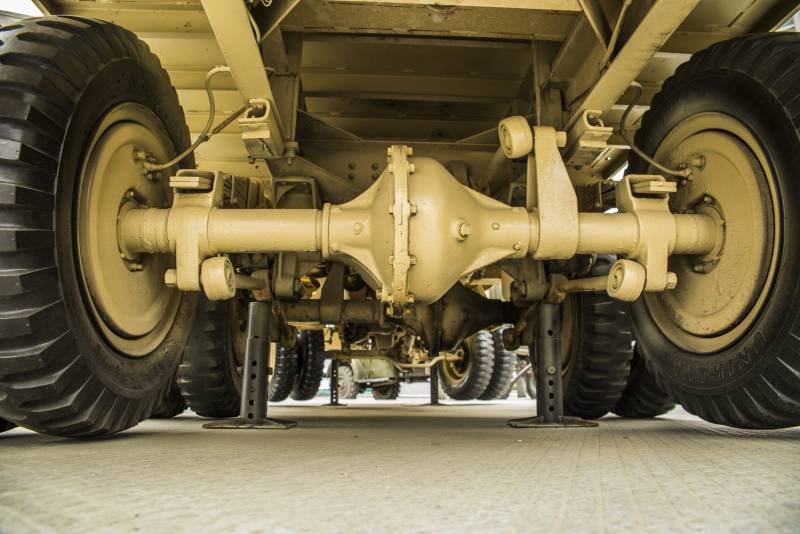
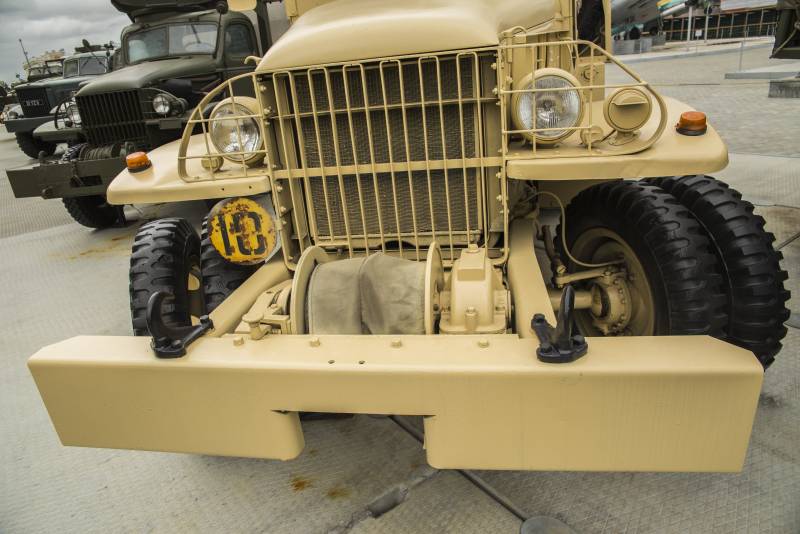
Information